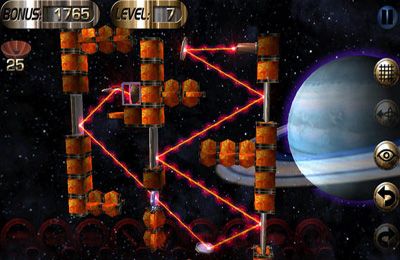

#Enigmo 2 supernova mac os x
As for older versions, Panther and previous releases of Mac OS X are dead to me, as they are to the vast majority of Mac OS X users. It hasn’t been specifically checked for changes on 10.7, but as far as I know, the general situation hasn’t changed with Lion. This article will inform you regarding Mac OS X versions 10.4-10.6. It’s kind of outdated what with the Mac App Store, but if you do ever need to touch PackageMaker and/or Installer, hopefully this guide will help you through the nightmare. I’ve actually had this guide semi-published for a while now, but never got around to finishing it. This article serves as (what I hope will be) the definitive guide for knowing all the pitfalls and workarounds to the atrocious bugs that exist in Apple’s older installer technology. You’ll get reports from users about your installer not working, and you will struggle to figure out just what that problem is. And that’s where things get really, really icky. In addition, if you’re deploying for previous versions of Mac OS X, you have to live with all the bugs of the previous versions of the installers in order to be able to target them. It will frustrate the heck out of you, cause you to curse out loud, and generally cause you stress for days at a time until you solve your problem, and then you’ll never want to touch it again for fear of breakage.
#Enigmo 2 supernova software
All other installer technology (VISE, FileStorm, I’m looking at you) falls flat in at least one of these areas, if not more.ĭespite that, however, one of the worst parts about Mac OS X software distribution that you’ll ever run into is creating an installer package for Apple’s Installer. There are numerous criteria - remote deployment, user familiarity, flexibility, scriptability - areas in which these two methods excel across the board. Any other method of installation is dead on arrival.
#Enigmo 2 supernova for mac os x
Really, the only two types of software distribution for Mac OS X that are at all credible in my mind are 1) drag-and-drop installation, and 2) Apple’s installer technology. ClickToFlash, a Safari plug-in I worked on a few years ago, is one of those cases. But for certain types of software, certain things need to be in certain places, and drag-and-drop installation just doesn’t cut it. For software that is self-contained and doesn’t require living in any specific directory to run, it allows the user to be as neat or as messy with their hard drive hierarchy as they see fit.


 0 kommentar(er)
0 kommentar(er)
